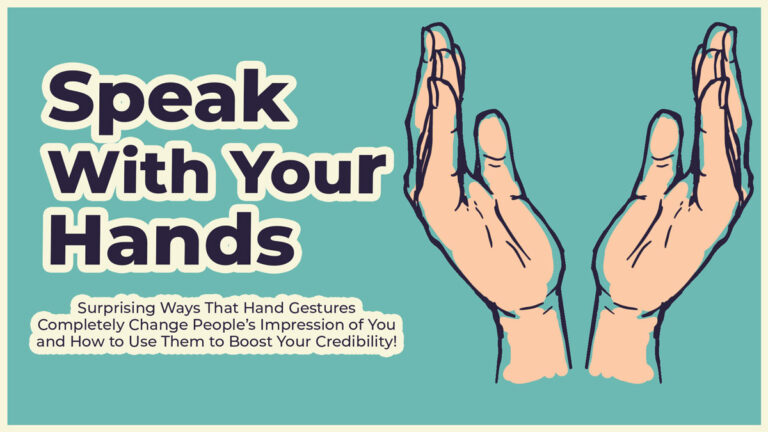You prepare for weeks for your presentation.
You have the mental checklist to be confident a few minutes before you face your audience.
However, you have a mental block in the middle of your presentation.
What should you do next?
Dealing with a mental block during your presentation can be challenging.
Here are 7 ways to go through your entire presentation smoothly despite of a mental block.

1. Pause and Breathe In
Do a brief pause so you can have time to breathe in.
It’s okay to take a moment to gather your composure.
This simple action calms down your nerves.
The moment you have a mental block, focus on your breath and slow down your breath by counting up to 3.
It gives you a few seconds to collect your thoughts.
2. Recall Key Points
Quickly recap the key points or outline of your presentation in your mind.
To do this, try to mentally visualise the structure of your presentation.
Start recalling the main points then followed by the overall flow.
This can help you tap into your memory and guide you back on delivering your presentation.
3. Engage the Audience
Let the audience participate by asking a question related to your topic.
This engagement shifts the focus to the audience.
What’s recommended to ask your audience is an open-ended question.
Avoid using a yes or no question.
Why?
An open-ended question will make them think for a while.
But your audience can instantly answer your yes or no question
That’s why an open-ended question provides you enough time to gather your thoughts.
For example, “What will you do if you’re not afraid of taking risks?”

4. Use Visual Aids
Visual aids are any materials or tools used in presentations to help the audience retain important details.
Likewise, visual aids are designed to complement spoken words.
A common example of visual aids used in presentations is slides or an object.
Make sure to have a maximum of 1-3 lines per slide so you can read quickly.
As for the object, use what’s relevant to your presentation.
For example, you can bring your diploma if you’re talking about the value of education.
Visual cues can help you remember the flow of your presentation.
5. Transition to Another Key Point
If you’re struggling to remember a specific key point, smoothly transition to another part of your presentation.
What you can do is simply mention that you’ll now proceed to the next point of your presentation.
You can always revisit that key point you forgot earlier in the latter part of your presentation.
You may also discuss it during the Q&A session.
6. Change Your Position

If it’s possible depending on where you’re delivering your presentation, try to change your position.
Move to a different part of the stage or you may adjust your posture.
This simple action can help you think for a moment to overcome a mental block.
You may also do it smoothly by saying a transitional phrase like “Going to my next point…” as you move to your next position.
7. Admit It to Lighten the Mood
If it’s appropriate for the context of your presentation, admit you have a mental block.
You may say “I think I’ve forgotten my words for a moment… What am I saying again?”
This can lighten the mood and your audience may see you as an authentic person.
Just be mindful not to do this repeatedly because your audience might lose interest.
Remember, experiencing a mental block may happen even to the expert speakers.
The key is not to let it affect your entire presentation.
Stay composed, be adaptable, and use these strategies.


